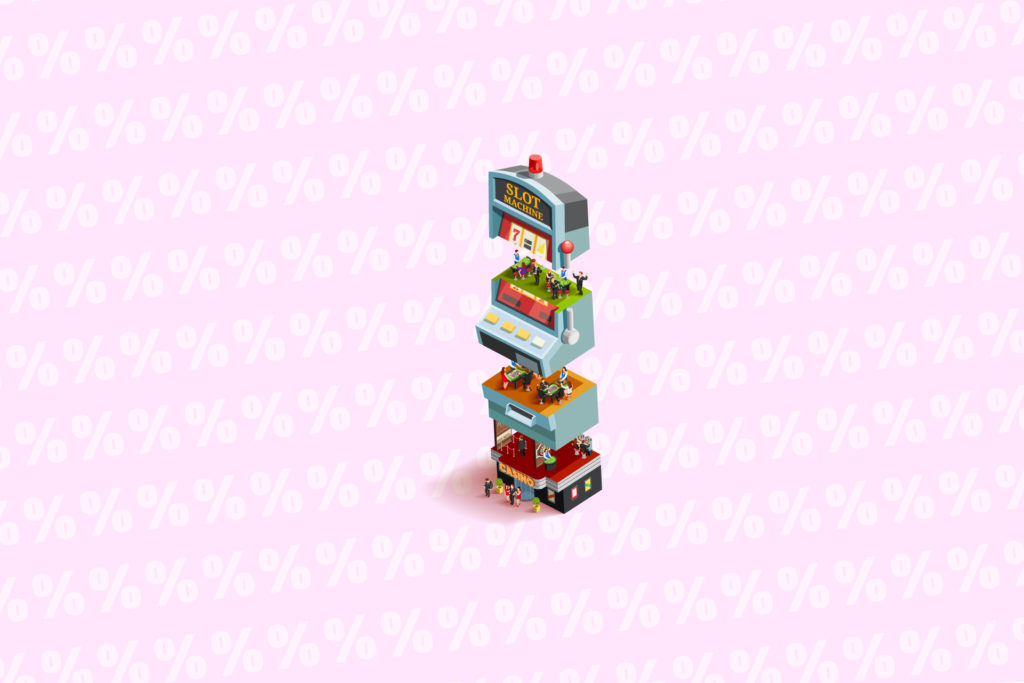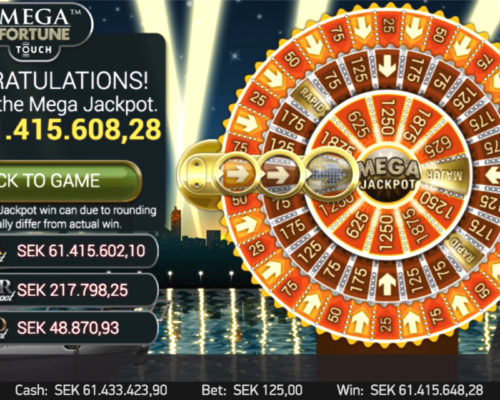- €150 casino bonus
- €150 odds bonus
- Where top dogs play

RTP, volatility and Random Number Generator (RNG)
How does a slot work and what does RTP and volatility really mean?
Today’s slots are advanced games with many features, themes and bonus games. Playing slots is something that has been done since the end of the 19th century when the first slot machine was invented. It was a simple design with three wheels and your goal was to get the right symbols on a row to win. Today, slot games are advanced computer controlled games with lots of features.
Here we tell you how a slot works and what the different words mean. A good starting point if you want to know more about slots and their features.
Today’s slots have advanced features
Today there are lots of slots with advanced features and every day more of these are launched on the market. Development is moving forward and the game providers are launching with different themes and more advanced solutions.
Theme slots are popular and there are many different categories such as fairy tales, sci-fi, gods, Vikings, Egypt, TV series and music. Of course, there is also an adventure theme such as the slot Book of Dead. Features that you can find on slots today are various types of wilds, bonus games, free spins games, random games, jackpots and many more.
Today’s casinos have good filtering capabilities to produce the slot you want based on these choices with themes and features.
The random number generator determines the symbols on the wheels
Each slot has a random number generator that creates the combinations to be displayed on the reels. This generator is completely separate from the slot itself and it has only one function – to deliver random numbers to the slot machine, and it does well. It is called in the RNG professional language that stands for Random Number Generator.
A random number is something that a computer produces and which is completely randomized. The random number generator that serves the slot with numbers is an advanced solution that provides thousands of random numbers to the slot, every second.
When it’s time for you to make a spin in the slot game, the slot already knows what numbers to use and what symbols it gives. Since this is completely separated from the slot, it has no control over how you have won before. It simply does not take this into account. If you have not won on a number of spins, you may think it is time but this cannot be affected.
This is how the reimbursement process or RTP works in slot machines
All slots have an RTP value and can be looked up. We can say in this example that RTP is 96%. This means that in this case the slot pays back 96% of the winnings to the player OVER TIME.
RTP stands for Return To Player
This figure is calculated as a value distributed on a large number of turns. It thus shows the theoretical value over time and how much is repaid. You as a player may be playing on a slot and feel that a 96% RTP cannot match.
RTP are calculated over long term. In the short term anything could happen…
Then it is a matter of the slot thus paying this over many spins and you knock out the winnings on all spins (several millions), so the figure is correct. The same is true if you win directly instead, then it will be the other way around. One spin and you might get a bigger profit.
Worth knowing is that the slot has no information on how much you have won or if it is time to win. You may have such thoughts as players, but the slot only uses its random numbers to produce the symbols on the reels.
This is volatility in slots
Another value when it comes to slots is volatility but it can also be called variance. In the market today there are several different ways of naming this, either with numbers or with words, for example low, medium or high.
Volatility can be said to pose a risk, but in the context of slots you usually say a slot setting to pay out smaller or larger profits. A slot with low volatility results in smaller gains more often and a slot with higher volatility results in fewer gains, albeit larger amounts.
Your stake in the game determines how you want to allocate your risk as you play. Say you want to play with $ 500. If you choose a slot with high volatility, you have the chance of big profits. But you also know that your investment may not yield anything at all.
It takes time to get good profits on a slot with high volatility. If you play instead on a slot with low volatility, you will get more winnings in smaller amounts. An example of a low volatility slot is Starburst from NetEnt. A high volatility slot is Book of Dead from Playn ‘GO.
If you have a larger amount of money, plenty of time and also can afford to risk the entire bet. Then slots with high volatility may be right for you. If you have lower stakes and want to win more to a lesser extent. Then you should play slots with low volatility. If you like a little of both, you should look for a slot in the middle segment with medium volatility.















